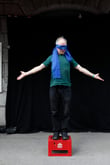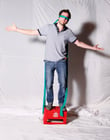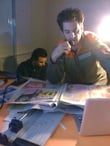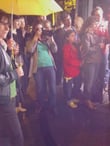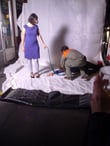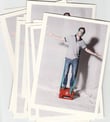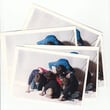COMPLOTY
Comploty is not just a thrilling strategy game – it’s also a crash course in conspiracy theories. Get ready for the most crucial facts, the strangest claims, and the most absurd anecdotes from the fascinating and bizarre world of conspiracy myths.
Comploty is the first board game based on conspiracy theories that actually exist. The strategy game has been developed over five years (2020–2025), involving intensive research. Around 200 conspiracy myths have been integrated into its creation. Players assume the roles of powerful secret elites who pull the strings behind the scenes, working toward world domination.
The project combines a variety of genres, media, and techniques. In addition to texts, graphics, and illustrations, the project incorporates 3D design, videos, performances, animations, web content, social media content, AI elements, and diffusion strategies.
Presenting the artwork as a strategy game challenges conventional expectations and explores alternative approaches to the presentation and perception of art. It invites us to reflect on the possibilities and limits of art, encouraging a renegotiation of what art is – or could be.
Website: ▸ www.comploty.com
▸ Trailer | ▸ Introduction (Video) | ▸ Exhibitions | ▸ Media Review | ▸ Kickstarter Campagin | ▸ Project Portfolio (GER)
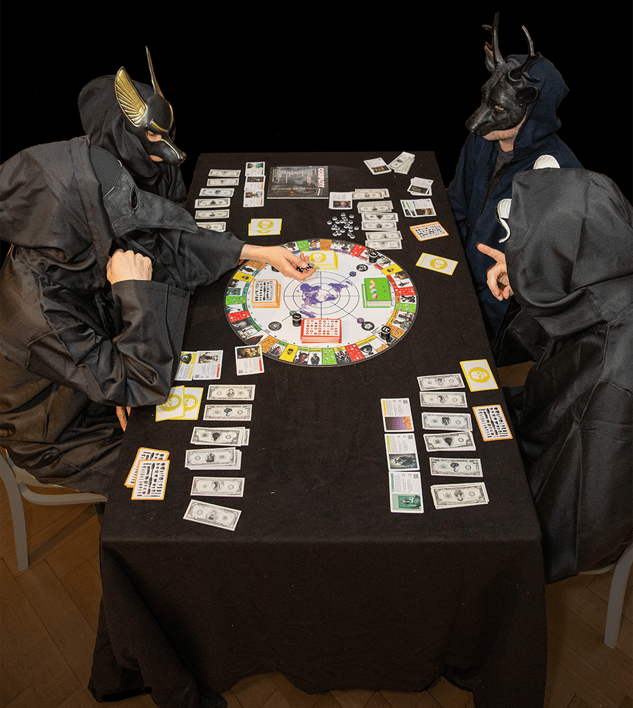

Comploty in Action – as part of the exhibition «Myths, Might, Manipulation – How Conspiracy Theories Explain The World», Museum Strauhof, January 2025
NO SHOW MUSEUM
The NO SHOW MUSEUM is the world's first museum dedicated to nothingness and its manifold manifestations in the history of art. Its collection comprises around 500 works and documents by 150 international artists of the 20th and 21st centuries.
Since its foundation in 2015, the museum has given itself the mission of spreading nothing all over the world. It has a mobile exhibition exhibition space in a converted bus. As part of its Nothing World Tour, the NO SHOW MUSEUM has performed around 80 exhibitions in over 30 countries – in galleries and museums, in public spaces and in remote areas. After several months of exhibition tours throughout Europe, North and Central America, the mission was to be continued on a new continent every year. Instead, the pandemic hit in 2020 and put a temporary end to the project.
The No Show Museum participated in the 56th Venice Art Biennale on invitation of Pro Helvetia/Salon Suisse. In 2019, the project received an art award by the City of Zurich.
Website / Online Collection: ▸ www.noshowmuseum.com
▸ Trailer | ▸ Documentation Nothing World Tour (Video) |
▸ Exhibitions | ▸ Press Review: Visit noshowmuseum.com and under "Archive" select Press" | ▸ Interview in German |
▸ Interview in English (Yale University) | ▸ Crowdfunding Campaign | ▸ Project Portfolio (Download)










































Impressions from the Nothing World Tour 2015 - 2019
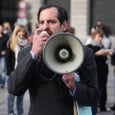
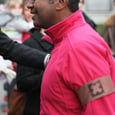
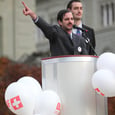
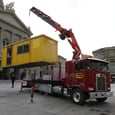
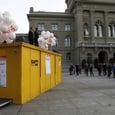

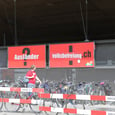
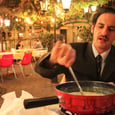
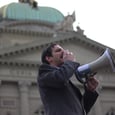
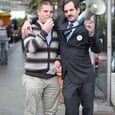
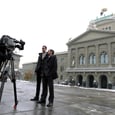

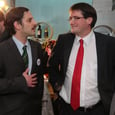
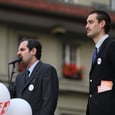
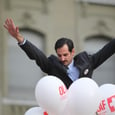
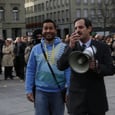
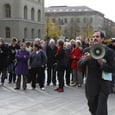
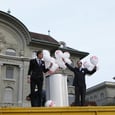

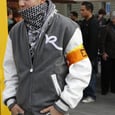
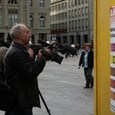
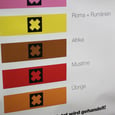
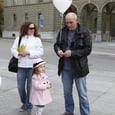
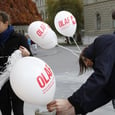
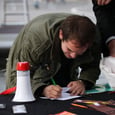
OLAF
Bridging art and activism, this project was a satirical response to a xenophobic campaign for the automatic deportation of criminal foreigners by the Swiss right-wing party SVP (Swiss People's Party). We used satire and subversive affirmation as tactics to create controversy and generate media coverage.
The project was developed and implemented in cooperation with Christof Nüssli and Christoph Oeschger. It involved:
Creating the fictional organization OLAF (Organisation zur Lösung der Ausländerfrage).
Conducting a counter-propaganda campaign over several weeks
Disseminating content through social media, videos, and regular reports in print and online media
Public appearances with the fictional characters Dr. Alois Stocher (played by Andreas Heusser) and George Klein (played by Christof Nüssli)
Staging controversial actions and happenings like the "Collection Day for Foreigners" at the Parliament Square in Bern
Interactive "Deportation Charts" on the website
Orchestrating staged false reports
Intervening at press conferences and party meetings
OLAF's approach was to present an even more extreme version of the SVP's stance, pushing it to a point of ridiculousness in order to challenge their political narratives and engage the public in critical discourse.
Media Reports | TV-Documentations: SF1 Kulturplatz | ARD Tagesthemen | Propaganda videos: ▸ OLAF – what is it? | ▸ Call for People's Liberation | ▸ Call for National Collection Day | ▸ Switzerland and abroad
OLAF on Facebook: ▸ Alois Stocher |
Chronology: see Project Portfolio ▸ ENG, GER |
Archive Material: Posters | Pamphlet | Deportation Form |
Happening at the Parliament Square (Video) | Speech of Alois Stocher at the Parliament Square (Video) |
More infos: ▸ Wikipedia (ENG) | ▸ Wikipedia (GER)
BLACK MAGIC
Voodoo on wood.
This work consists of a spell attached to a piece of wood. The branch originates from one of the trees that were felled for the extension of the Kunsthaus Zurich. It was brought to South Africa and treated in Benoni (Johannesburg) by a professional Sangoma (Witch Doctor) with black magic.
The ritual incantations lasted from 3 to 13 december 2015. The magic will start to effect the buyer immediately after the purchase of the branch and will last for at least two years or until the branch is burnt. The content of the magic is kept strictly secret by the artist. He does not accept responsibility for damage, injuries or casualties caused by the black magic.
Update I (January 2016): The work was sent by post to Zurich for the group show "Vitrine 05" at Die Diele. But, mysteriously, the work never arrived in Zurich.
Update II (April 2016): The stick returned to the sender in Johannesburg.
Update III (July 2016): The return of the stick was followed by horrible weeks and such a run of bad luck as the artist has never experienced it before. At some point, the suspicion arose that it might have something to do with the cursed stick. In July 2016, he therefore decided to burn the stick and scatter its ashes in the river.
Update IV (September 2016): You can laugh all you want. And maybe it's all just coincidence and superstition. But since the damn stick has gone, the artist's life went back to normal!
(▸ Download – Phone Call with the Sangoma)
The cursed branch and the waiting room of the Sangoma

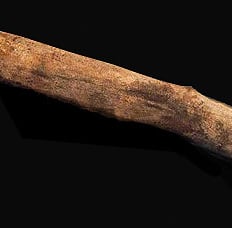
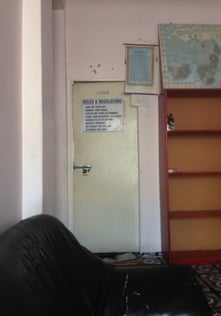

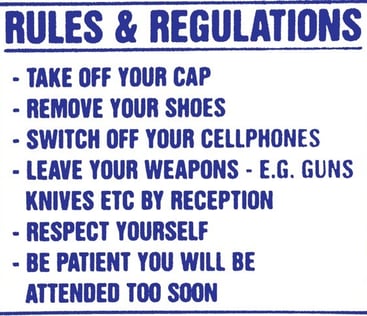

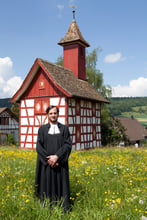
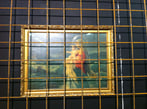
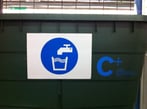
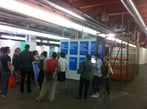
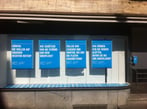
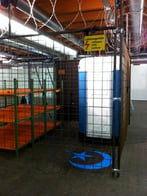
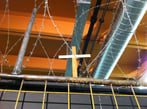


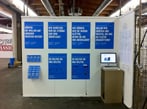
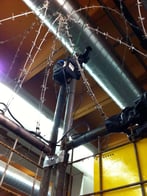
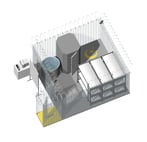

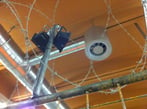
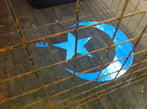















CHASOS
CHASOS (Christian Humanitarian Asylum Self-Aid Organization Switzerland) was a satirical art activism project launched in response to political debates surrounding the potential influx of refugees to Switzerland during the Arab Spring in 2011.
The project aimed to challenge and critique the arguments of Swiss politicians and church representatives who were more concerned with avoiding refugees than helping them.
Key elements of the CHASOS project included:
Performances with Pastor Wilfried Stocher (played by Andreas Heusser), a fictional character who acted as the president of this charity organization.
A propaganda video addressing potential refugees and attempting to deter them from coming to Switzerland
An online petition(▸ Kunstverlagerung) demanding the suspension of funds for artists and cultural institutions, proposing to use these resources for refugee aid instead.
The installation of a mock refugee camp at Art Basel, designed not to shelter refugees but to "protect" the Swiss population by imprisoning them.
Through these provocative actions, Heusser employed satire and subversive affirmation to generate controversy and media coverage, encouraging critical discourse on immigration policies and societal attitudes towards refugees
▸ Website CHASOS
Propaganda Video ▸ Prevention Campaign for Refugees | TV-Documentations ▸ ARD Tagesthemen | ▸ SWR |
Press ▸ Media Reports | Performance at Art Basel ▸ Pentecost Sermon | CHASOS on Facebook ▸ Wilfried Stocher | Chronology: see Project Portfolio ▸ ENG , ▸ GER) |
Archive Material: Posters (▸ ENG), ▸ GER) | Pamphlet (▸ GER)
More Infos ▸ Wikipedia ENG) | ▸ Wikipedia GER |
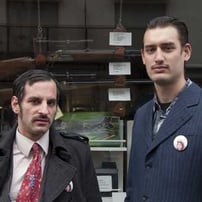
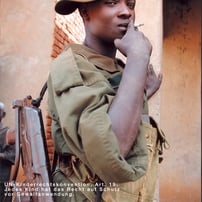
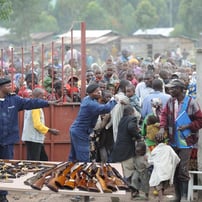
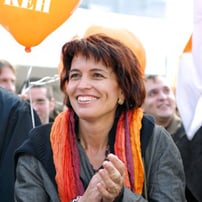
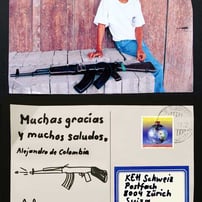
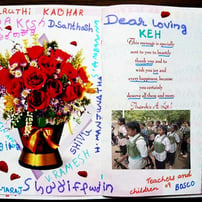
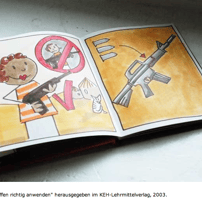
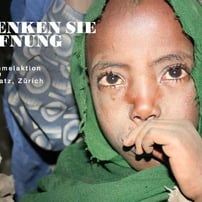
WAR DEVELOPMENT AID
War Development Aid (KEH - Kriegsentwicklungshilfe) was a satirical art project launched in 2009 by Andreas Heusser, Christof Nüssli, and Christoph Oeschger. It aimed to expose the hypocrisies of politicians who prioritize arms industry interests over humanitarian principles.
The project involved creating a fictional organization and conducting a national campaign that included:
A website, brochures, and propaganda videos
Press announcements and reports in newspapers
Public appearances by fictional characters Dr. Alois Stocher (played by Heusser) and George Klein (played by Nüssli)
A happening called "Nationaler Waffensammeltag" (National Weapons Collection Day) at Helvetia Square in Zurich
▸ Website KEH
Propaganda Videos: ▸ National Weapons Collection Day |
▸ Wort zum Sonntag I Press: ▸ Media Reports I
Chronology: see Project Portfolio ▸ ENG , ▸ GER

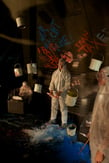
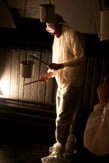


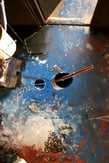









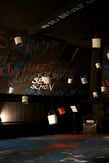
























THE PURSUIT OF HAPPINESS
"The Pursuit of Happiness – A Drip Painting Symphony for buckets, typewriters and piano" is a 60-minute performance directed by Andreas Heusser, staged in a completely black room in Zürich on 28 September 2012.
A pianist (Nik Bärtsch) improvises musical patterns based on a set of themes like power, liberty and consumption, while percussionists use paint-filled buckets (in red, white, and blue) as rhythmic instruments. As the paint drips and splatters, typewriter operators simultaneously type slogans reflecting societal promises of happiness amid political and economic pressures. The entire installation transforms the space into an immersive, multisensory artwork that questions how media, advertising, and politics shape our idea of a happy life.
Piano: Nik Bärtsch
Buckets / Percussion: Alex Huber, Ali Salvioni, Ernst Scholl, Martin Meyer, Lukas Mantel
Typewriters: Gaël Roth, Miriam Erni
Location: The Institute
▸ Video
THE ART OF MAKING MONEY
AIB (Art Investment Banking) was a participatory performance based on some strikingly similar mechanisms in the stock exchange business and in the art market – exposing the perverse logic of speculation in both realms. Held at Cabaret Voltaire on 2 November 2011.
In character as an investment banker, Andreas Heusser explained conventional stock trading practices and promoted art as a uniquely lucrative, sustainable investment – arguing that while stocks can be volatile, artworks tend to hold or even exponentially increase in value.
During the performance, the audience was invited to purchase “San Keller Art Stocks”, which represent artworks yet to be produced by the 'renowned' Swiss artist San Keller. In a twist, San Keller signed the very banknotes the audience had just used to purchase the stocks, then shredded them and placed the shreds into labeled, numbered glass jars.
Staying in character, Heusser conducted an auction in which these jars were sold as original artworks at prices ranging from double to four times the original monetary value.
This act of creating value through the destruction of value mirrors the speculative practices of hedge funds while also highlighting the absurdities inherent in both the traditional financial and art markets.
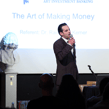
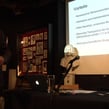
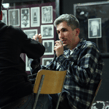
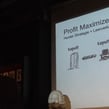
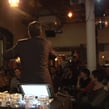
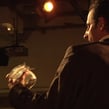
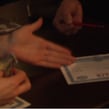
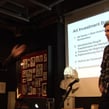
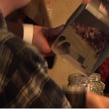
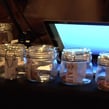
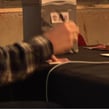
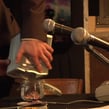
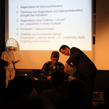
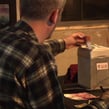
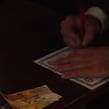
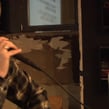
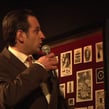
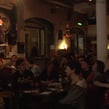
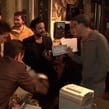
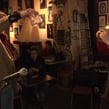
TABLEAUX VIVANTS
Tableaux Vivants was a participatory performance on the topics of systemic abuse and complicity, held at various locations in Zurich in 2010 and 2011.
Tableaux Vivants are "living pictures" in which participants pose to recreate famous works of art – a practice that was popular in the 19th century for both its educational and aesthetic appeal. With this project, Andreas Heusser presented a happening in Zurich (27.8.2010 and 21.5.2011) that initially appeared to be a traditional tableau vivant event. The participants – including random passersby – received numbers determining their order and followed detailed verbal instructions (delivered in an emotionless voice reminiscent of HAL from "2001: A Space Odyssey") to assume specific poses.
The living images were then captured by photographer Désirée Good and transformed into postcards. However, at latest when the postcards were purchased from the nearby Kiosk, many spectators discovered that the recreated scenes were actually re-enactments of the torture imagery from Abu Ghraib, echoing similar tableau-like "souvenirs" once produced by American soldiers.
This subversive intervention not only critiqued institutional violence but also implicated the audience in a deeper way. Unwittingly, they were pressed into roles resembling both the prisoners and the guards, blurring the lines between passive spectators and active accomplices. In doing so, the performance highlighted how manipulation and abuse of power operate in both art and real life – suggesting that there is no "uninvolved observing", since we all play our part to keep this system running.
Documentation: ▸ Download Portfolio
